Sometimes, the best discoveries are the ones no one was looking for. Throughout history, scientists and inventors have stumbled upon groundbreaking findings while they were in the middle of something else. These are 17 amazing scientific discoveries that happened purely by accident.
Penicillin
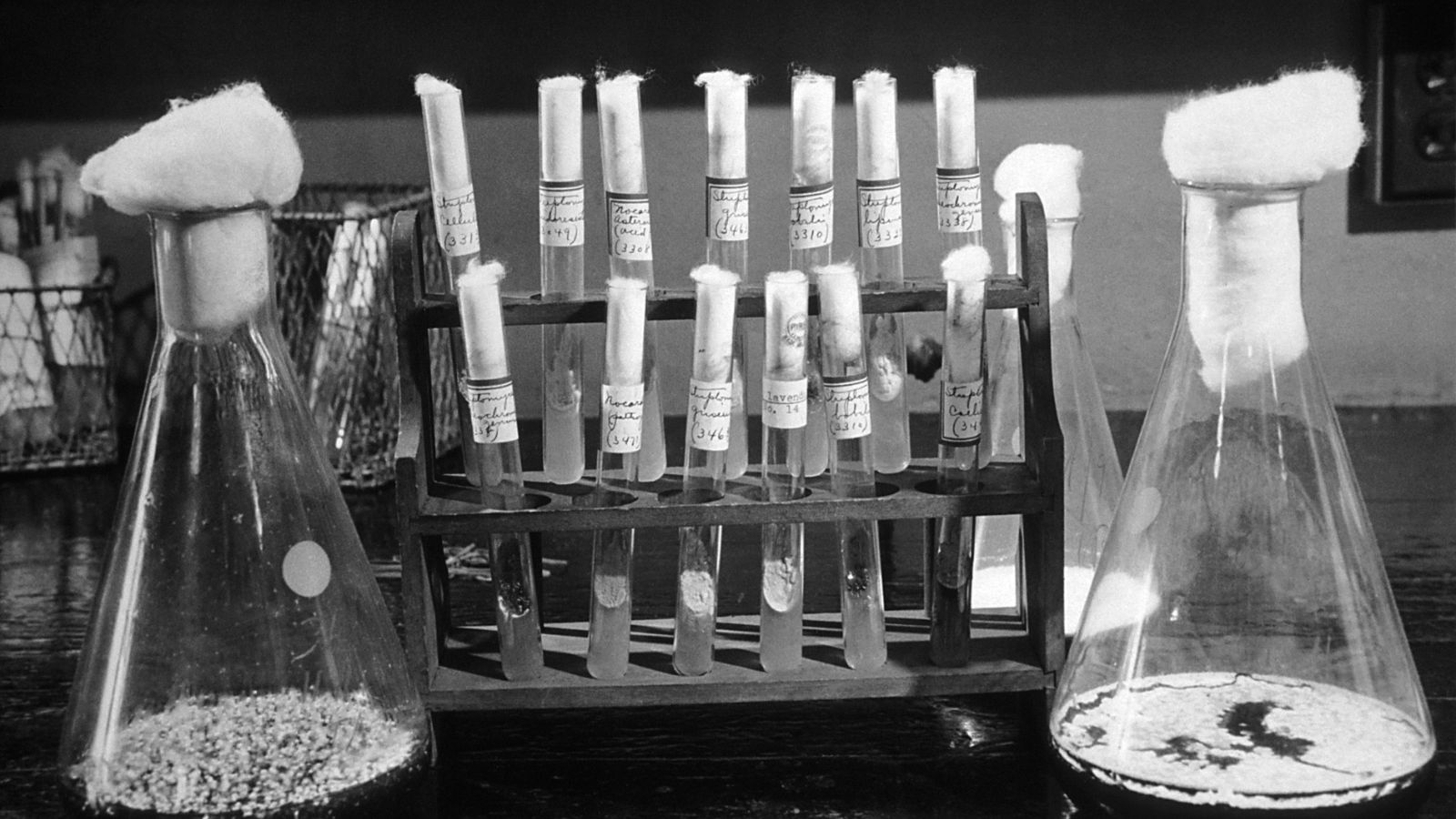
“An accidental discovery in 1928 kickstarted a 20-year long journey” in developing penicillin, according to the Science Museum. Alexander Fleming was investigating the properties of staphylococci bacteria when he returned from a two-week vacation to find mould growing on his petri dishes. Surprisingly, the mould was dissolving the bacteria around it. This mould turned out to be Penicillium notatum, leading to the discovery of penicillin.
The Microwave Oven

Percy Spencer, an engineer working on radar technology during World War II, was testing a magnetron when he noticed the chocolate bar in his pocket had melted. Intrigued, he experimented with popcorn kernels and then an egg, which exploded. Spencer’s curiosity about these cooking effects led to the development of the microwave oven.
X-rays
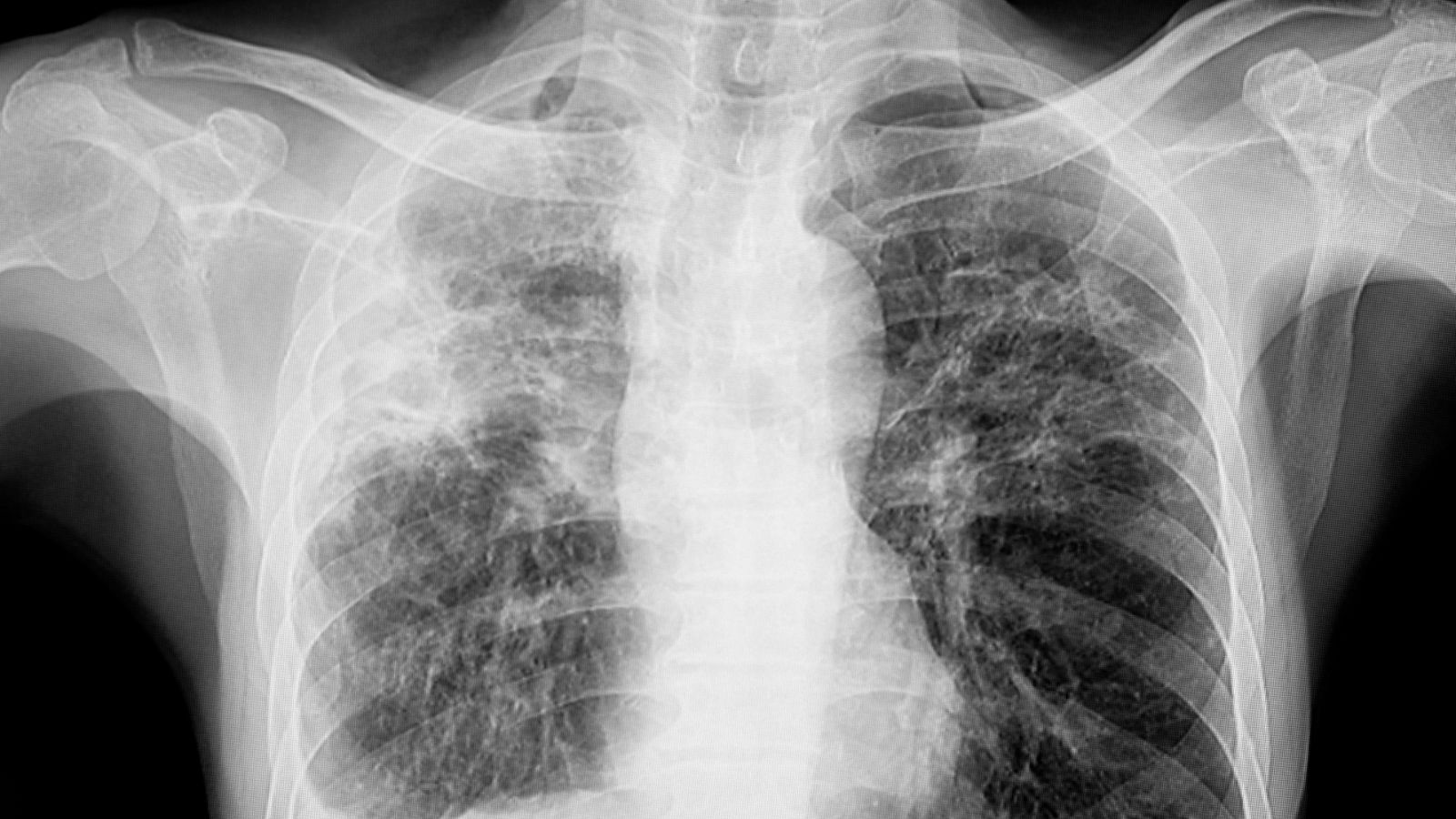
In 1895, Wilhelm Conrad Roentgen was testing cathode rays when he noticed that a fluorescent screen in his lab began to glow, even though it was protected by heavy black cardboard. He realised that invisible rays were passing through the cardboard and causing the screen to glow. This accidental discovery of X-rays opened up new possibilities in medical imaging.
Post-it Notes

A chemist at 3M, Dr. Spencer Silver, was trying to develop a super-strong adhesive in 1968; instead, he ended up creating a weak, pressure-sensitive adhesive. His colleague, Art Fry, found a practical use for it years later when he used the adhesive to keep his bookmark in place: thus, the Post-it Note was born.
Vulcanized Rubber

Charles Goodyear spent years trying to make rubber more durable and less sticky, and in 1839, after many failed attempts, he accidentally dropped a piece of rubber mixed with sulphur onto a hot stove. To his amazement, the rubber hardened into a strong, elastic material, and this serendipitous event led to the creation of vulcanised rubber.
Teflon
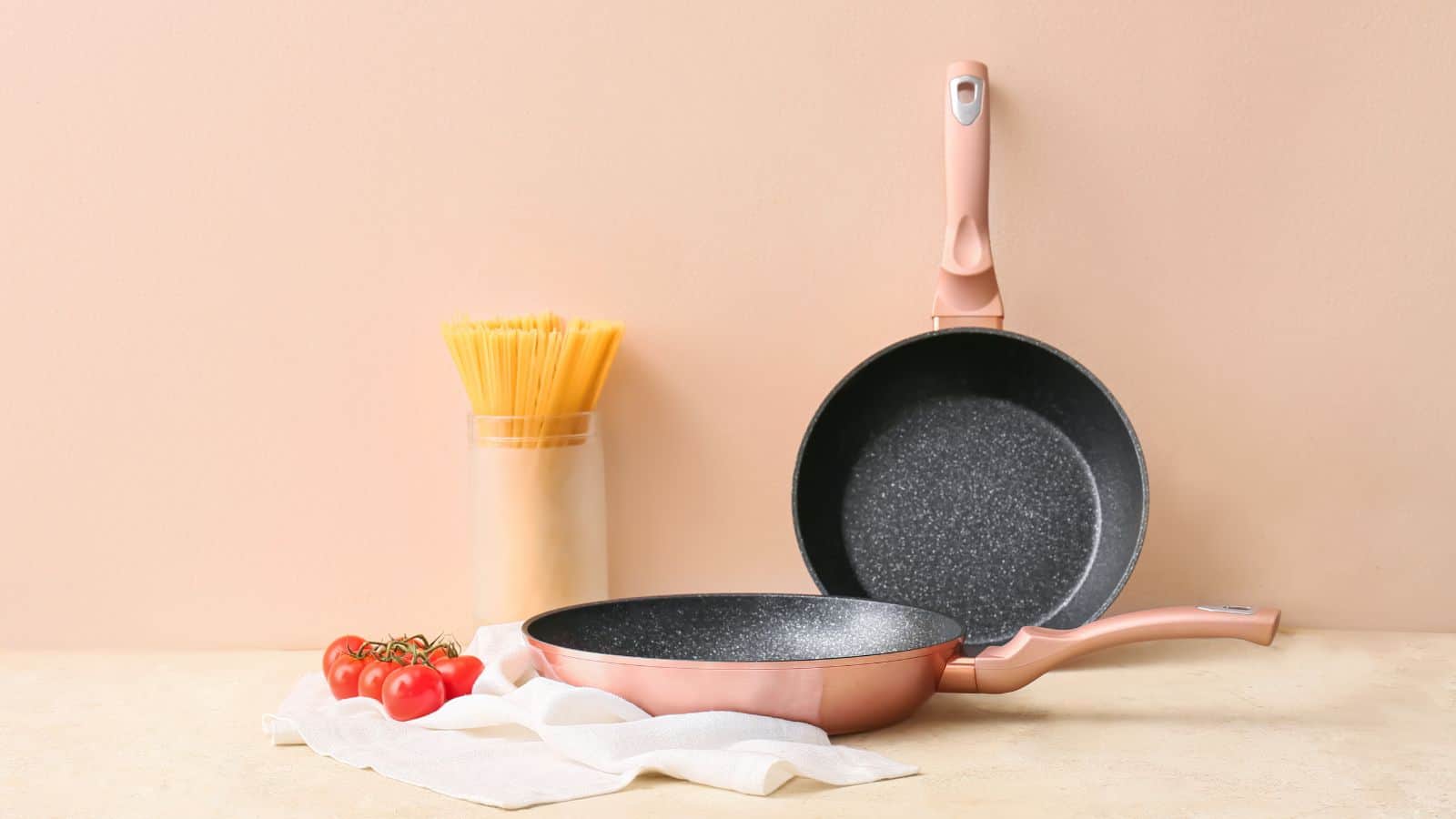
When working on creating a new refrigerant at DuPont, Roy Plunkett accidentally discovered polytetrafluoroethylene (PTFE). This substance turned out to have remarkable non-stick properties and high heat resistance. Branded as Teflon, it became widely used in non-stick cookware—making cooking and cleaning much easier.
Saccharin
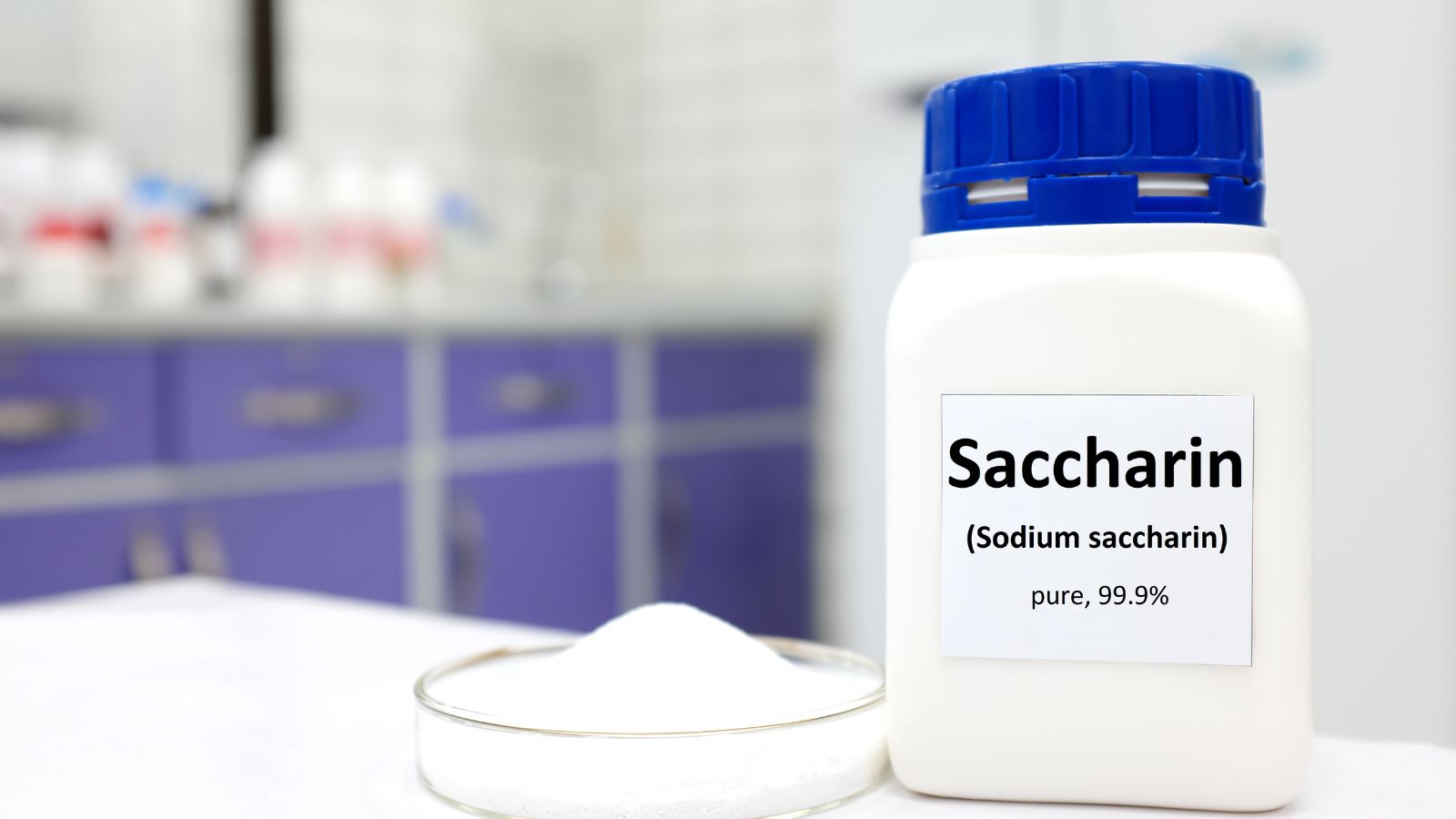
It was in 1879 when Constantin Fahlberg, a chemist at Johns Hopkins University, was working on coal tar derivatives when he noticed a sweet taste on his hand after a day in the lab. He traced the sweetness back to a compound he had synthesised, leading to the discovery of saccharin, the first artificial sweetener.
The Pacemaker

When he accidentally used the wrong resistor when working on building a heart rhythm recording device in the 50’s, electrical engineer Wilson Greatbatch found that, instead of recording, the device emitted electrical pulses. Realising the potential, Greatbatch refined the device, leading to the creation of the first implantable cardiac pacemaker.
The Slinky
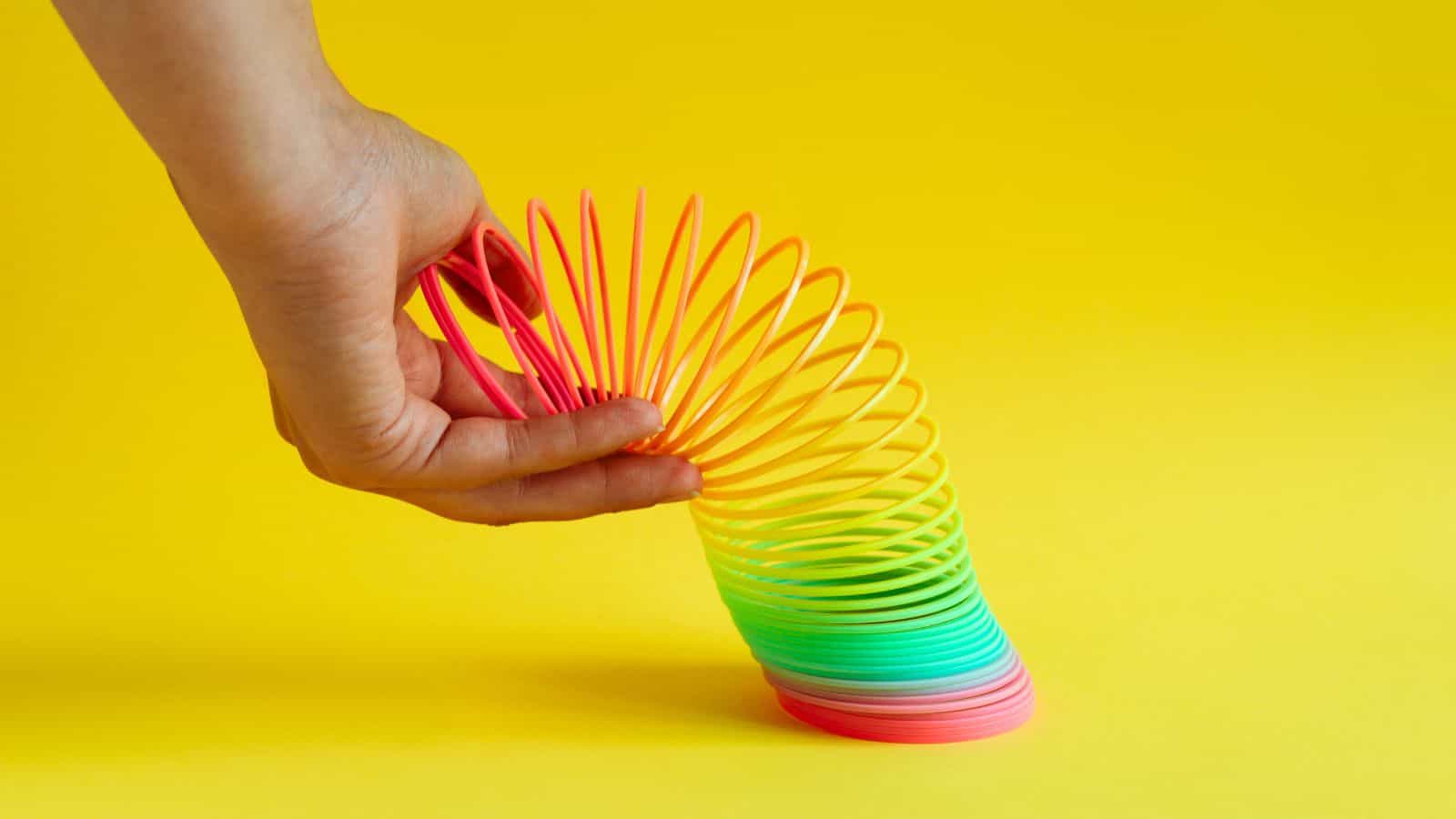
In 1943, naval engineer Richard James was developing springs to stabilise sensitive instruments on ships; one of his springs fell off a shelf and gracefully “walked” down instead of bouncing. This gave him the idea for a toy that could do the same. The result? The Slinky.
Safety Glass

After accidentally knocking a glass flask coated with plastic cellulose nitrate off a shelf, French chemist Edouard Benedictus found, to his surprise, the glass cracked but didn’t shatter. This inspired him to develop safety glass, which is now widely used in car windshields and other applications where shatter-resistant glass is essential for safety.
Super Glue
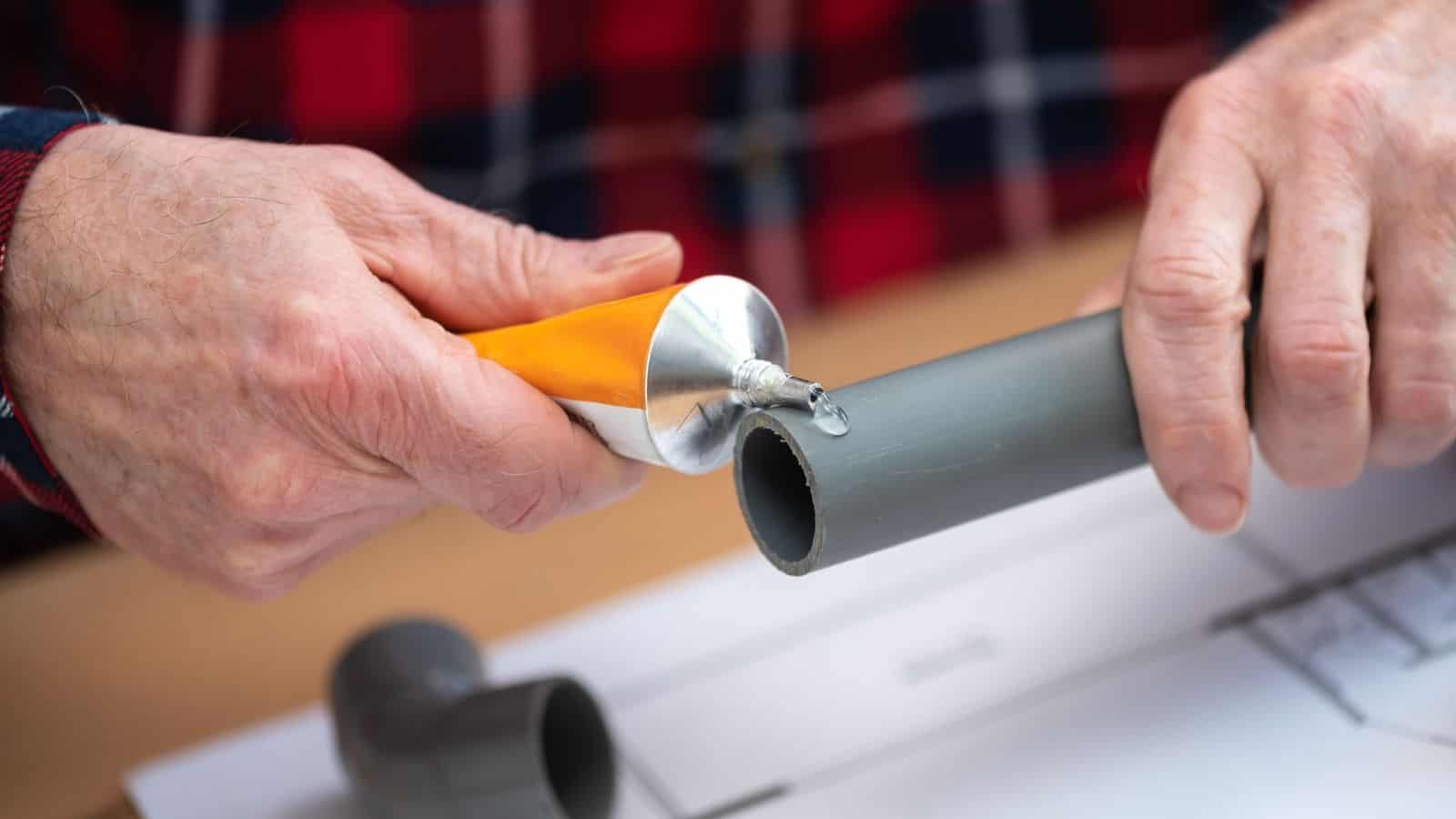
Dr. Harry Coover was trying to create a clear plastic for gun sights. Instead, he discovered a chemical compound that stuck to everything it touched. Initially dismissed as a nuisance, this compound, cyanoacrylate, was later recognized for its adhesive properties and became known as Super Glue.
Corn Flakes

In the late 19th century, John Kellogg and his brother Will accidentally left cooked wheat to sit while they attended to other matters, and when they returned, the wheat had gone stale—but they decided to force it through rollers anyway. Instead of throwing it away, they roasted the resulting flakes, creating the first corn flakes—and the Kellogg cereal company.
Velcro
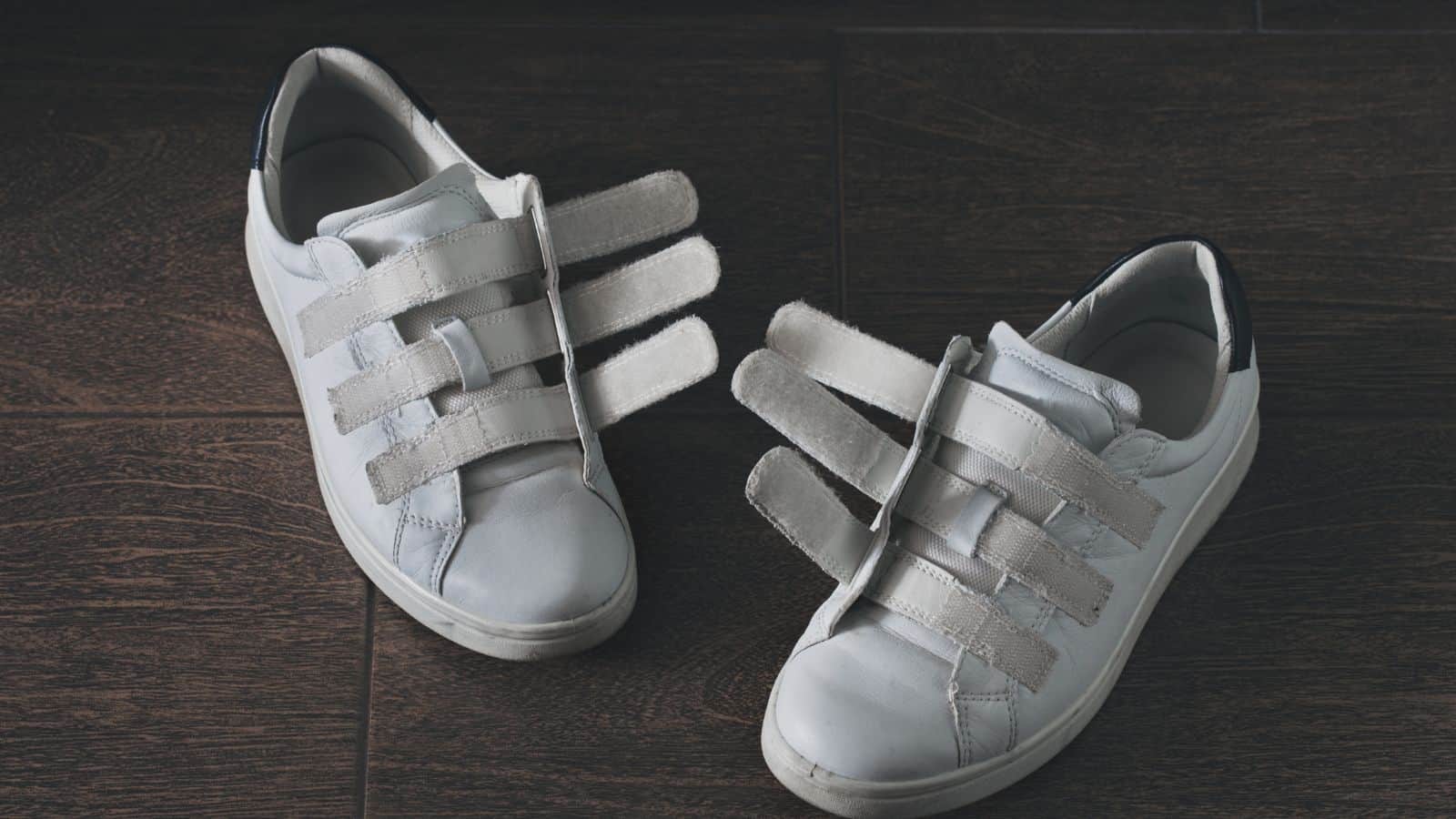
It was in 1941 when Swiss engineer George de Mestral went for a walk in the woods and noticed that burrs stuck to his clothes and his dog’s fur. Curious, he examined the burrs under a microscope and saw they were covered with tiny hooks. This observation inspired him to create Velcro, a fastening system that mimics this natural hook-and-loop mechanism.
LSD
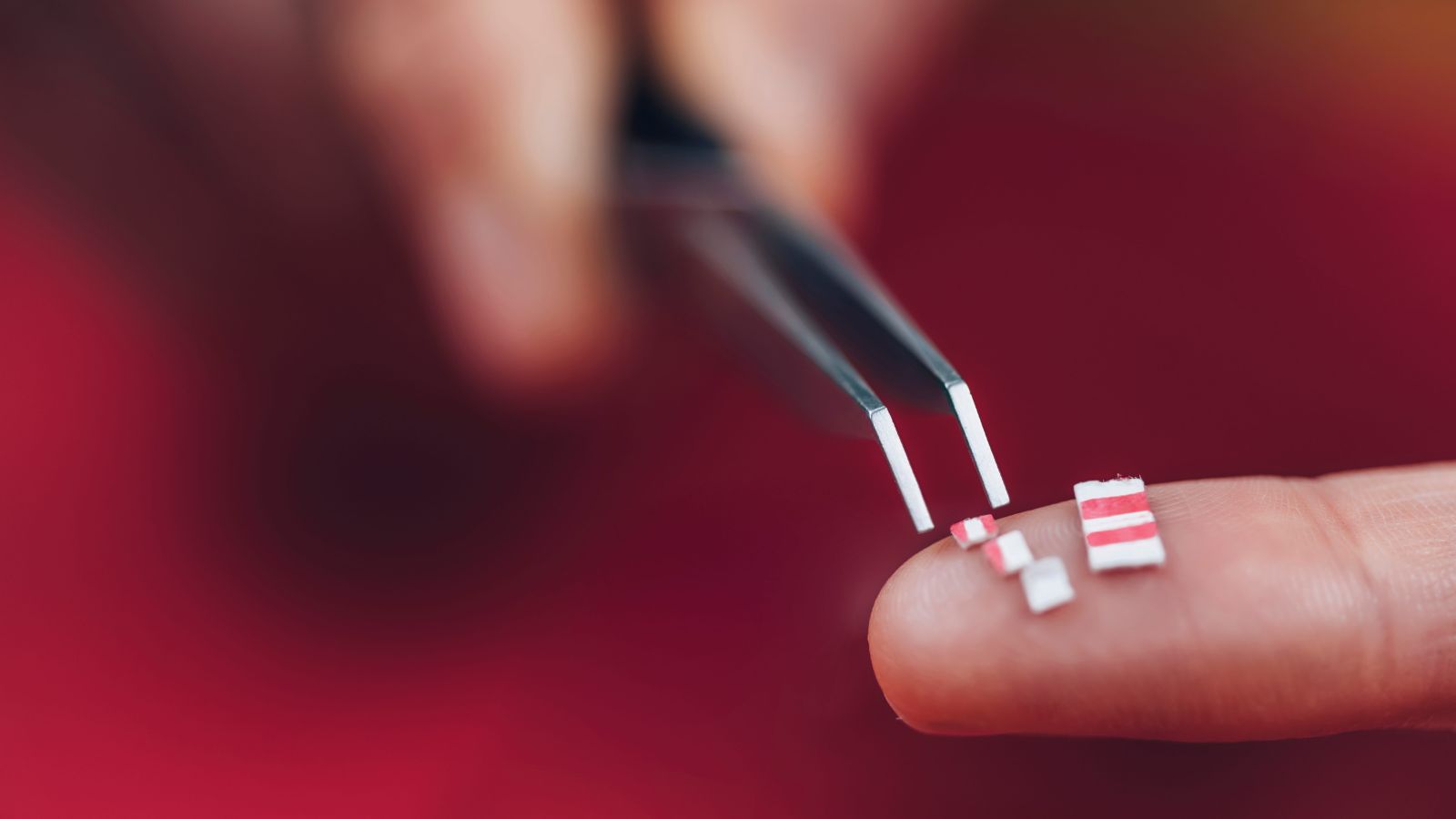
Albert Hofmann, a Swiss chemist, was researching lysergic acid derivatives when he accidentally absorbed a small amount through his skin. He then experienced unusual sensations and hallucinations, leading him to intentionally ingest more. This marked the discovery of LSD (lysergic acid diethylamide).
Anaesthesia

When doctors noticed that people who inhaled ether or nitrous oxide (laughing gas) seemed impervious to pain in the 1840s, they began to develop anaesthesia. This accidental discovery revolutionised surgery, making it possible to perform complex operations without causing patients excruciating pain.
The Implantable Insulin Pump
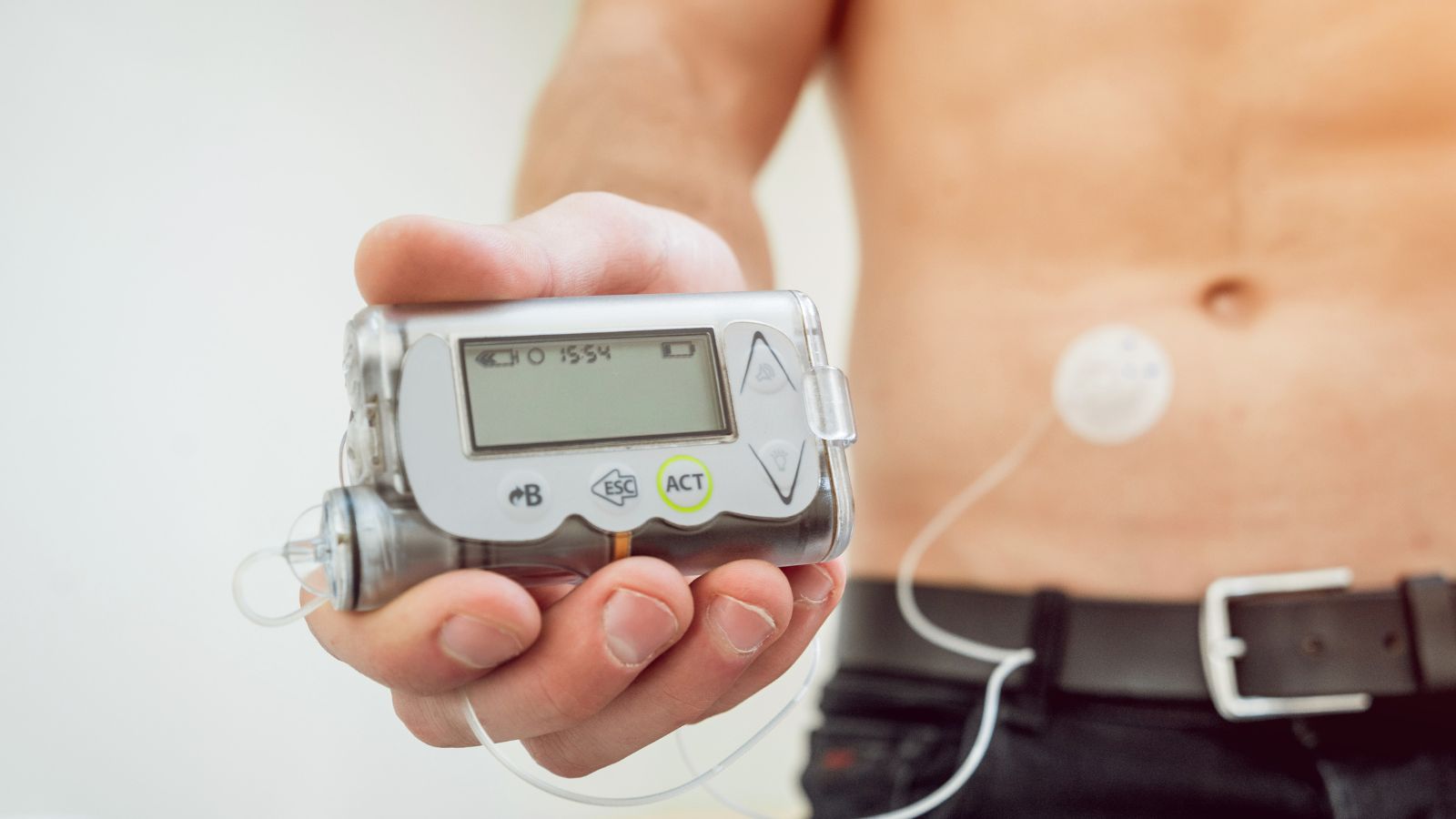
Dean Kamen was working on a device to treat hypothermia when he accidentally invented a wearable infusion pump. His invention was adapted to deliver precise doses of insulin, creating the first implantable insulin pump, and this device has greatly improved the quality of life for people with diabetes.
Viagra
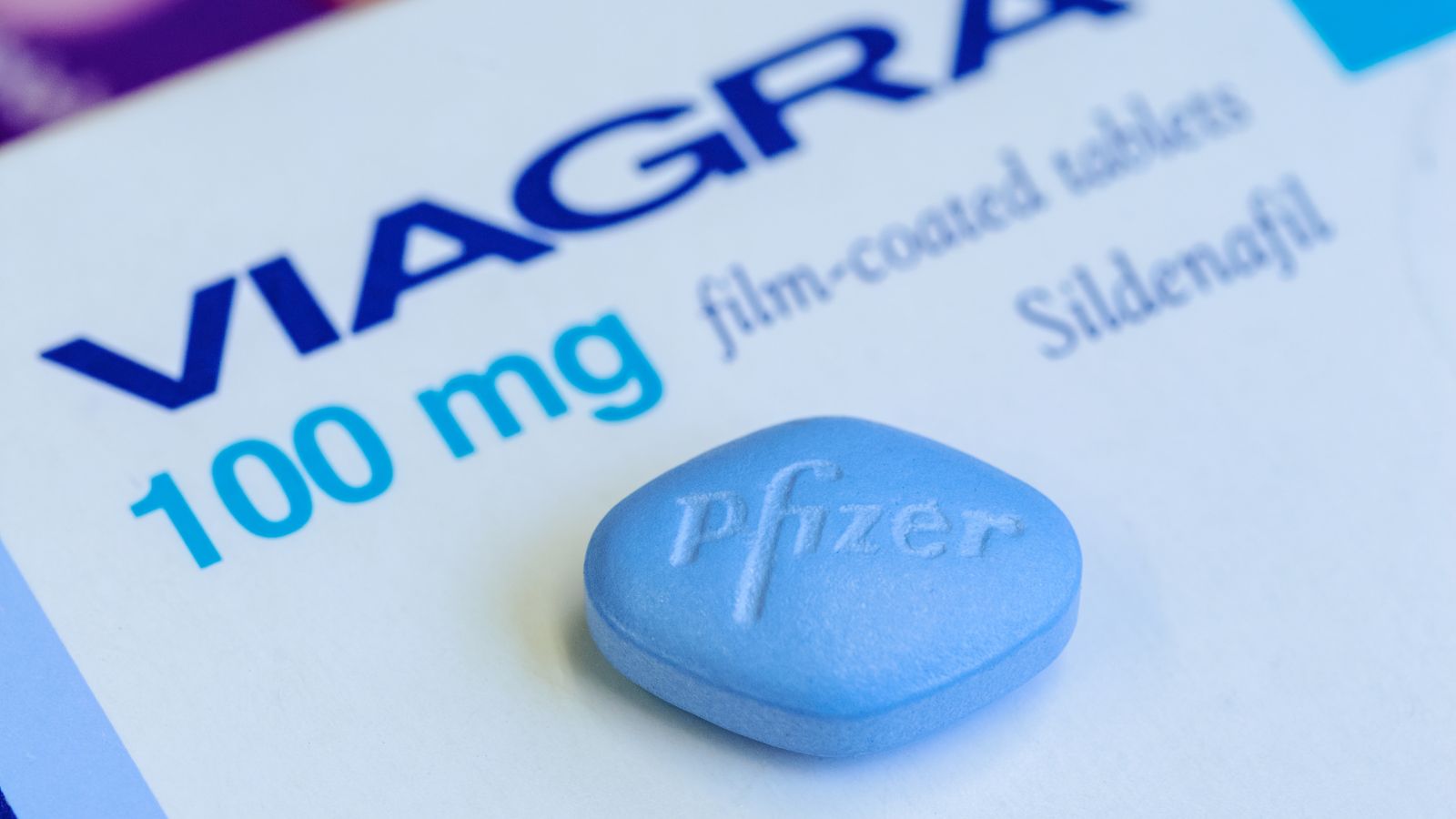
Last but not least, in the early 1990s, scientists at Pfizer were testing a new drug called sildenafil citrate for treating angina, a heart condition—but the drug didn’t work as intended. During trials, male participants reported an unexpected side effect: improved erections. Recognising its potential, Pfizer repurposed the drug, and it was marketed as Viagra.







